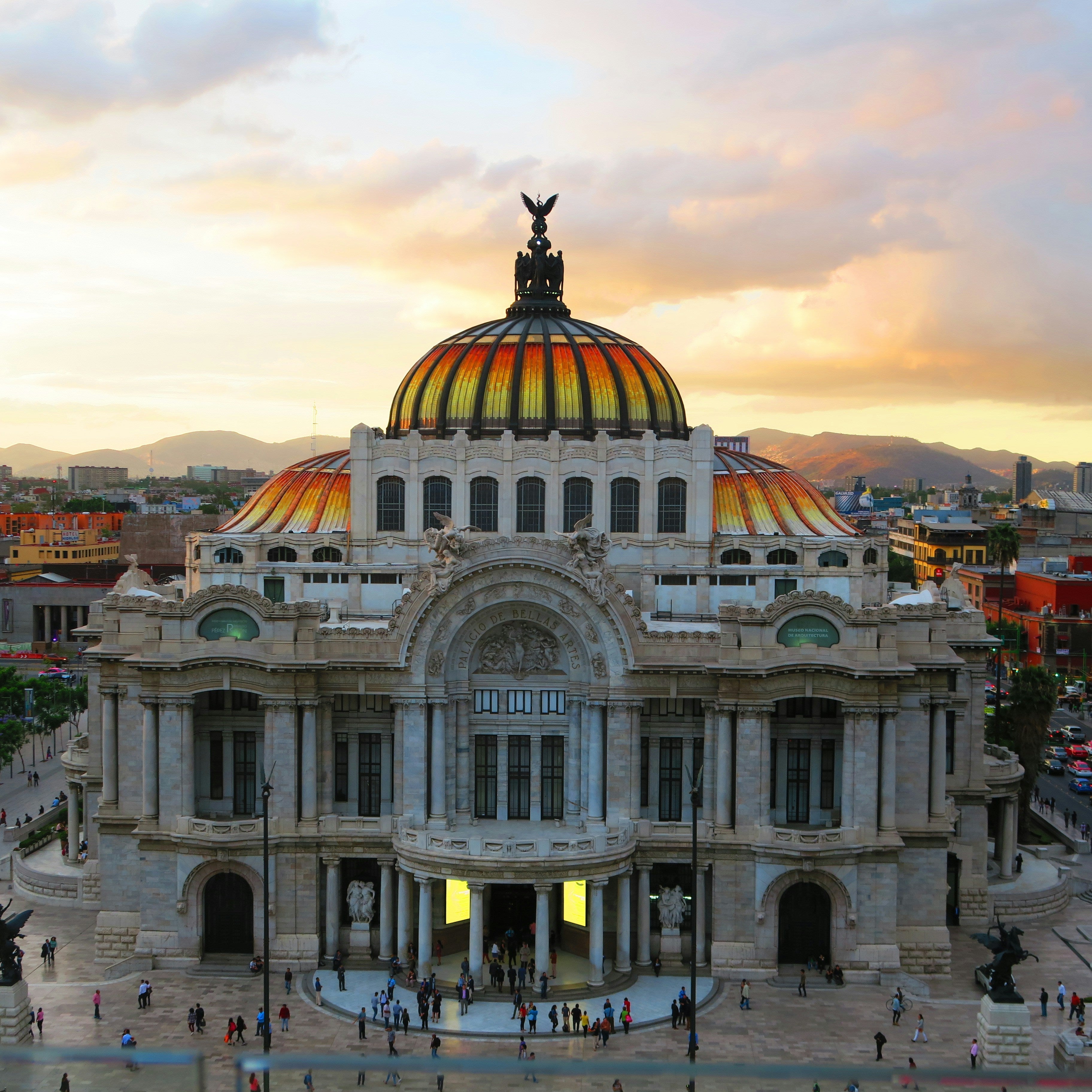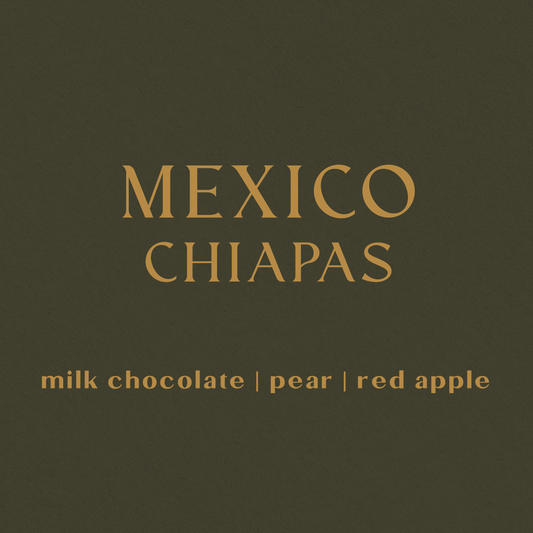
Mexico
Coffee Production in Mexico
1. Historical Background
Coffee was introduced to Mexico in the late 18th century, likely through Spanish colonial routes via the Caribbean. Initial cultivation began in Veracruz before expanding to other southern regions like Chiapas and Oaxaca. While commercial exports were limited during colonial times, coffee emerged as a key cash crop by the 19th century.
Following Mexico's agrarian reforms in the early-to-mid 20th century, large estates were redistributed, giving rise to smallholder-led production. This shift made Mexico one of the most prominent countries for smallholder cooperative models, especially through the 1980s and 1990s. Mexico was also one of the earliest adopters of organic and fair-trade certifications, helping small producers access niche international markets.
2. Growth and Regional Development
Coffee is grown in 14 Mexican states, but most production is concentrated in Chiapas, Oaxaca, Veracruz, and Puebla, with Chiapas alone accounting for over 40% of national output. Elevation in key growing areas ranges from 900 to over 1,700 meters above sea level, allowing for the cultivation of high-quality arabica coffees. Common varieties include Typica, Bourbon, Caturra, Catuaí, and more recently introduced disease-resistant hybrids like Marsellesa and Sarchimor.
The rise of specialty coffee in the early 2000s brought renewed focus to Mexican coffee regions. Smallholder groups, often organized into unions, cooperatives, or indigenous community networks, play a pivotal role in production and traceability. Many coffees from these regions are washed, but natural and honey processes are increasingly common in areas experimenting with specialty lots.
3. Present-Day Production and Export Trends
Mexico produces roughly 3.5 to 4 million 60-kg bags of coffee per year, with 90–95% being arabica. Approximately 60–70% of this output is exported, with the U.S. being the largest destination. Organic and fair-trade certified coffee still make up a significant portion of exports—especially from Chiapas and Oaxaca.
Flavor profiles vary by region but often include nutty, chocolatey bases with gentle acidity and medium body. Higher-quality lots from higher elevations can offer more floral and fruity expressions, particularly from Oaxaca’s Sierra Sur or Chiapas’ Triunfo Biosphere Reserve.
Mexico has also seen growth in domestic specialty consumption, particularly in cities like Mexico City, Oaxaca, and Guadalajara. A growing number of cafes and roasters now work directly with producers or cooperatives, helping foster transparency and raise local appreciation for Mexican coffees.
4. Market Dynamics and Trade Challenges
Despite its favorable climate and proximity to North American markets, Mexico faces several production challenges. Chief among them are:
Coffee Leaf Rust (La Roya): A major outbreak in the 2010s devastated yields and led to widespread replanting with rust-resistant hybrids.
Migration and Labor Shortages: Many rural farmers have seen younger generations migrate to urban areas or abroad, reducing labor availability.
Price Volatility: Like many coffee-producing countries, Mexican growers are vulnerable to fluctuating C-market prices, which often don’t reflect specialty quality.
Security Concerns: In some regions, organized crime and cartel influence have disrupted agriculture, logistics, and rural economies.
Still, many producers have responded through cooperative investment, processing innovation, and direct trade partnerships. The rise of traceable microlots and experimental processing is helping bring renewed attention to Mexican specialty coffee.
5. Outlook
Mexico’s coffee sector is at a crossroads between tradition and transformation. Its proximity to the U.S., strong cooperative infrastructure, and history of organic production position it well for sustainable growth in the specialty market.
Future success will depend on continued investment in producer training, climate adaptation, and market access—especially for indigenous and smallholder communities. With rising domestic interest in high-quality coffee and increasing recognition abroad, Mexico is poised to reclaim its place as one of Latin America’s premier origins.
Shop Coffees from Mexico
-
 Sold out
Sold outMexico Chiapas - Organic
Regular price From $20.00 USDRegular priceUnit price / per

